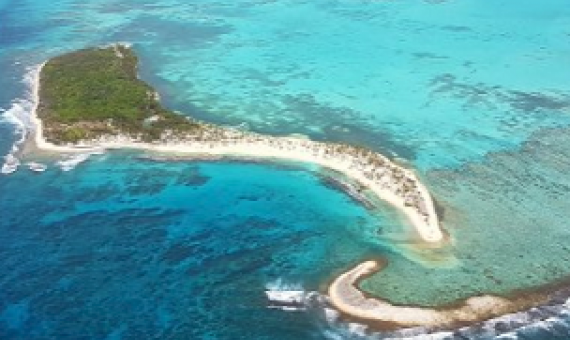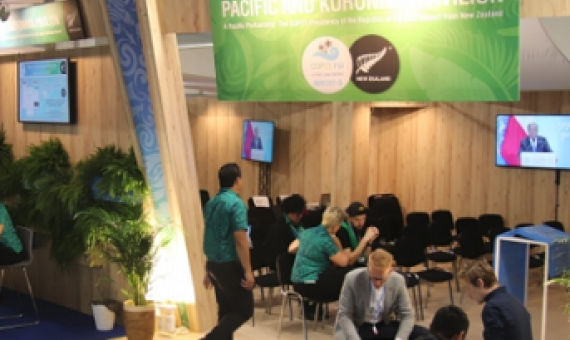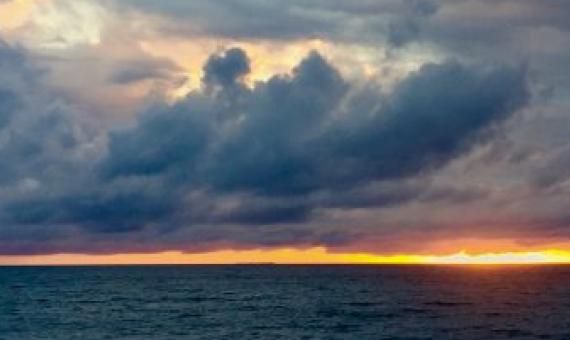Marine and climate scientists from Columbia’s Earth Institute and World Wildlife Fund (WWF) are exploring ways to protect this valuable Caribbean ecosystem, the second largest barrier reef in the world, from the potentially disastrous effects of climate change.
How to Live a Green Life to Reduce Your Carbon Footprint
There are plenty of ways we can all positively impact the environment. If we want to stop climate change, we all need to take steps to make our lives environmentally-friendly. The following practices are an easy introduction to green living. Simple acts, such as saving water or planting a garden, give children and pre-teens an opportunity to impact their world today for a better tomorrow. Each tips offers a chance to open up the conversation as to why everyone has to do their part for the betterment of the earth
There is now overwhelming evidence that our impact on Earth constitutes its own distinct geological epoch, dating from the middle of the 20th century. Click on the link below to read the full article.
Our region also has a total of 346 marine protected areas.
Earth's smallest countries issued a list of demands today as U.N. climate talks move into the final stage in this historical coal town. Click on the link below to read the full article.
Impact of Tropical Cyclone Winston on women mud crab fishers in Fiji
Communities dependent on natural resources for food and livelihoods are extremely vulnerable to climate change and its impacts. Tropical cyclones are a frequent occurrence in the Pacific and can have devastating impacts on coastal communities, particularly in remote or isolated areas. However, most post-cyclone studies focus on damages and losses to infrastructure and services, and do not quantify the impact on fishers or community fisheries. We conducted a study to assess the social and economic effects of Category 5 Tropical Cyclone Winston on mud crab fishers in Bua Province, Fiji.
Last year in Bonn, Germany during Fiji’s Presidency of COP23, the Kava ceremony successfully united people of all cultures and nationalities through the witnessing and experiencing of this important tradition in Fijian, and Pacific peoples, way of life.
The Pacific and Koronivia Pavilion has opened its doors at the Twenty-fourth Conference of the Parties to the UN Framework Convention on Climate Change, bringing the Pacific flavour to the event in Katowice, Poland.
From a Green – Blue Economy perspective, when we speak of resilience, we do not simply imply resilience to climate change although this is an important factor, particularly in the Pacific.Click on the link below to read the full article.
UNFCCC summit must heed the frustration of countries that are most vulnerable to climate change. Click on the link below to read the full article.














